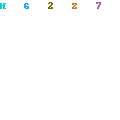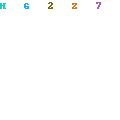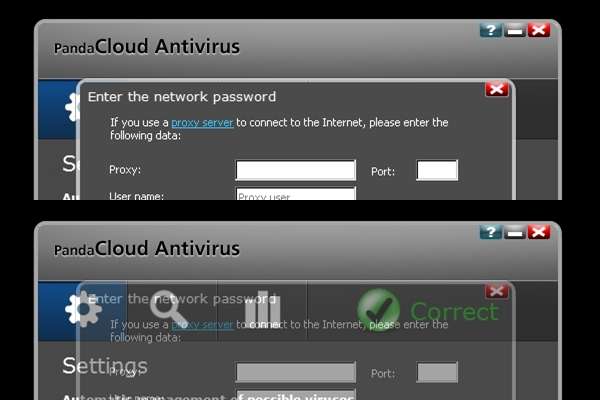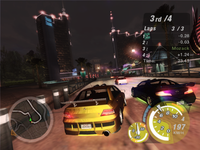Design and Interface
This makes the first impression and Epic wins your heart. Colourful background and Menu interface similar to Firefox doesn’t make you feel working on new stuff. App sidebar can be left open or closed on left side on choice and selection of Apps is wondrous with all intuitive icons on left. Moreover, you are free to explore 1500+ Themes and Backgrounds for Epic.You get access to Personas from Skin tab in Applications sidebar and ability to create custom themes by adding a wallpaper of your choice from Computer. This option is really a killer which makes your browser very customizable.
Custom Applications and Addon Suppport
Sidebar applications will be its USP as you get app for each and every essential thing by default. Let it be news, Social networking sites or Listening radio or Web TV. Everything is available at a click inside the browser on the left pane. Even you can browse Local folders on My computer or enjoy Orkut, Facebook like apps while working side by side. Along with the built in apps, 100% of all addons and plugins for Firefox work on Epic.For Social networks, they have enabled Mobile version of specific site which resembles like an app, Another impressive thing is to have inbuilt word processor inside browser. Although, all the above things mentioned may be or may be brought to Firefox using several apps, Getting it inbuilt in a browser is a gift to a not-so-geeky or a person who is not a tech-savvy.
Speed, Privacy and Security
Epic is built on Firefox platform so, you need not worry about browsing speed and security flaws. It is a Firefox browser with lots of addition and enhancements. Again, it has something more which even Native Firefox too doesn’t have: Epic integrates first ever Web Browser Antivirus protection from NOD32 built in browser.Typing in Indian Regional Languages
This was a real pain for naive user but with Epic, you don’t have to install anything and type in any Indian regional languages on the go. Total 12 Languages are supported which includes Hindi, Marathi, Bengali, Nepali, Tamil, Telugu, Malayalam, Kannada, Punjabi, Urdu, Gujarati and Sanskrit.
Why Epic Browser will work?
This product is mainly targeted for Indian web users so, I will emphasize on India only. First thing which will attract an user will be regional and patriotic feeling. Upon using, you will have no regrets as everything an Internet surfer wants to have is just a click away without any confusion. Secondly, you get the trust of Mozilla Firefox which has big share in browser market and used worldwide. It just a modified version of Mozilla Firefox pouring in all essential things in form of apps with sexy design and interface to suit a general Indian Home Web user.Finally, it’s early for me to make a verdict on this new product as it is just launched. Upcoming upgrades will surely make this browser more fit for a general Indian web user collecting feedback from them time to time.
Download Now !
















